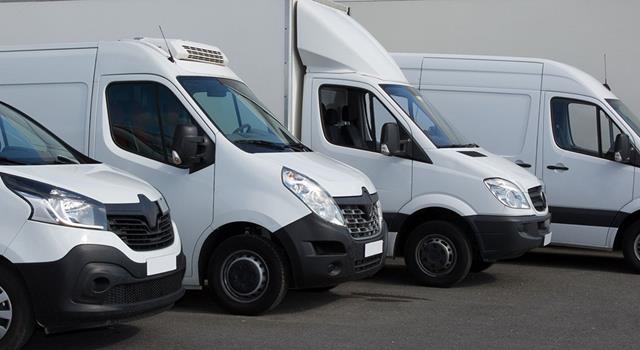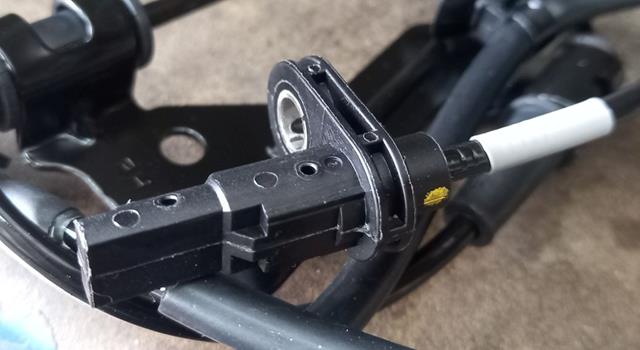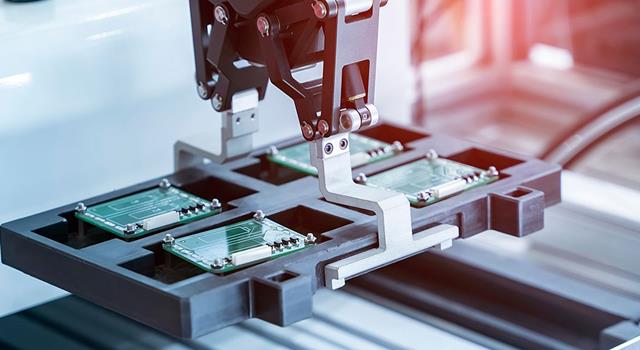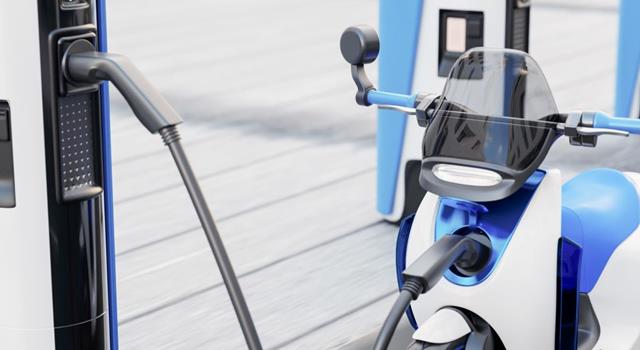Vehicle speed sensors (VSS) are critical components of modern automotive technology, with roles that go far beyond simply reporting speed. They are crucial in ensuring vehicle safety, efficiency and performance. Let's examine the importance of these sensors, explore their evolution and highlight some of the latest innovations in this field.
Origin and Evolution of Vehicle Speed Sensors
The journey of vehicle speed sensors began in the early stages of automotive development when knowledge of speed was essential for basic vehicle control and regulatory compliance. Initially, mechanical speedometers were driven by flexible, rotating cables connected to the vehicle's transmission. However, with the introduction of electronics in automotive design, electronic speed sensors were introduced in the late 20th century.
These early electronic sensors used a magnet and coil system to generate a signal that would increase in frequency with the speed of the vehicle. While this basic principle has been refined over the years, it remains at the heart of many modern speed sensors.
The Role of Speed Sensors in Modern Vehicles
Today, vehicle speed sensors are used for many critical functions beyond simply indicating vehicle speed:
- Transmission Control: Speed sensors provide essential data that helps the vehicle's computer system determine when to shift gears, improving both driving comfort and fuel efficiency.
- Anti-lock Braking Systems (ABS): Speed sensors monitor the speed of each wheel, playing an important role in preventing wheel lock-up in sudden braking situations and increasing safety.
- Stability and Traction Control: Modern vehicles use speed sensors to adjust the power output of each wheel, helping to maintain control in slippery conditions or during sudden maneuvers.
- Adaptive Cruise Control: Advanced systems use speed sensor data to maintain a safe following distance and adjust the vehicle's speed according to traffic conditions.
Innovations in Speed Sensor Technology
As technology advances, so does innovation in speed sensor technology. Here are some of the noteworthy developments:
- Hall-effect Sensors: These sensors offer a more reliable and accurate speed measurement by detecting magnetic field changes as vehicle components move. They are less susceptible to wear and environmental factors than older sensor types.
- Optical Speed Sensors: Using light rays and reflections, optical speed sensors can provide highly accurate speed data and are used in situations where precision is crucial, such as racing cars and high-performance vehicles.
- GPS Based Speed Sensors: These sensors use signals from satellites to calculate the speed of the vehicle. While they are not affected by mechanical errors, they are best used in combination with conventional sensors to provide a comprehensive speed profile in all conditions.
Challenges and Future Directions
Despite their importance and progress, speed sensors face challenges such as susceptibility to dirt, debris and mechanical wear that can affect accuracy. Furthermore, as vehicles become more autonomous, the demand for more precise and reliable speed data is increasing.
Future developments are likely to focus on increasing the robustness of speed sensors and their integration with other vehicle systems, leading to more autonomous and safer driving experiences. Innovations may include more advanced multi-sensor systems that can provide redundant measurements to ensure reliability in critical situations.
Vehicle speed sensors have come a long way since their humble beginnings. They now serve as the core technology for safer, more efficient and intelligent vehicles. As we move into the future, the role of speed sensors will only increase thanks to continuous innovations in automotive technology.












